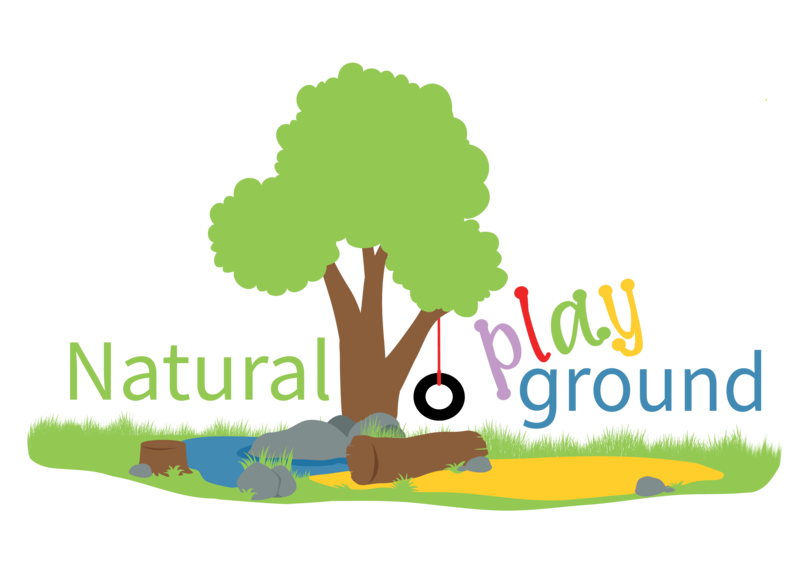Tool 12 Evaluate Results
Ensure that the natural playground offers a variety of opportunities by evaluating it against developmental play needs.
When do you use the Evaluate Results tool?
When you evaluate, you want to establish if your playground is offering play opportunities that will impact on the holistic development of children. The evaluate results tool helps you to check that as many as possible of the developmental play needs of children are catered for in your playground.
Who can use the Evaluate Results tool?
- Individuals
- Groups or teams
How do you use the Evaluate Results tool?
Work through the tool to determine whether your playground offers a variety of play opportunities for children. Mark if the listed opportunity is available in your natural playground.
Use Figure 12 to refresh your memory on the different types of play and the play opportunities in Section 1 as a guide for the appropriate type of play for different age groups.
Evaluate Results
Does your playground offer opportunities for…
Physical play:
Social and solitary play:
Creative play:
Does the playground?


